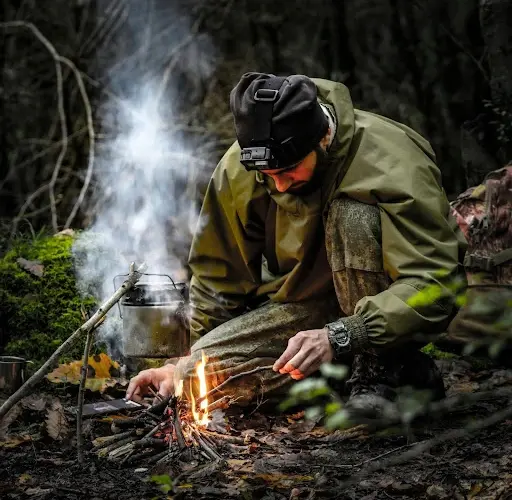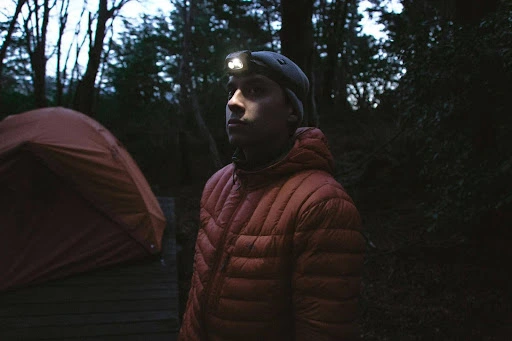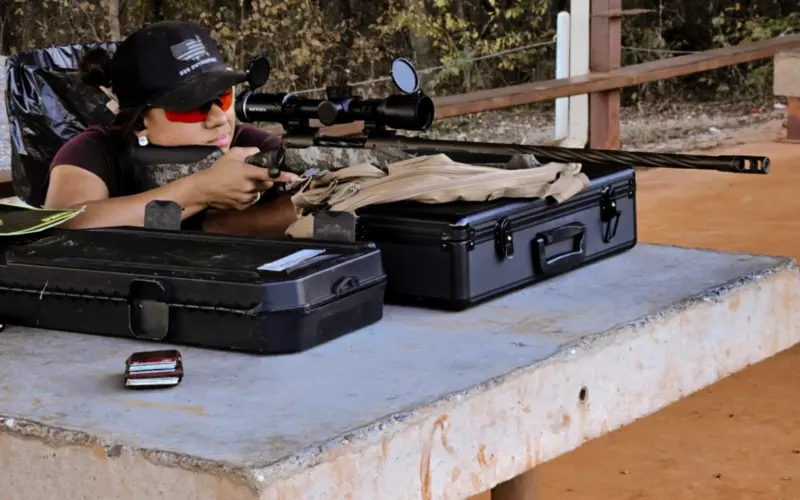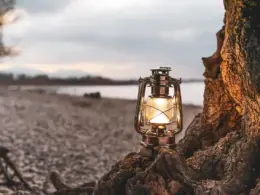One of the most used and underrated pieces of gear in my camping kit is the headlamp. With the winter months creeping into the northern hemisphere, the days are getting much shorter and the need for a headlamp is increasing.
With so many headlamps on the market, choosing the right one can feel like blindly picking one randomly.
This guide aims to teach you how to determine what brightness you need and any additional features that would benefit you while camping.
Table of Contents
Picking the Right Lumen Value
When it comes to headlamps, brightness is king. The brightness of a headlamp is measured in lumens. Simply put, lumens indicate how much light a headlamp emits. Here’s a look at what different lumen ranges can do for you:
- 0-50 Lumens: This is ideal for simple tasks like reading inside your tent or low-activity settings. It’s gentle on the eyes and won’t disturb your fellow campers. Don’t expect much more than that, though.
- 50-150 Lumens: Perfect for general campsite use. Whether you’re cooking dinner or setting up a tent, this range provides enough illumination to see clearly without overdoing it.
- 150-300 Lumens: Suitable for short-distance night hikes or navigating tricky terrain. This range offers the visibility you need to ensure you don’t trip over roots or miss a trail marker.
- 300+ Lumens: This is the range that you go for when you are expecting to do work outside. This can be anything from processing firewood to setting up your campsite. A high-powered beam helps illuminate distant objects so that you can see any animals coming near your site.
Remember, more lumens often means more battery power consumption. With any headlamp, you’ll want to find a balance between brightness and battery life.
Battery Life and Type
Battery life is as important as brightness and not all headlamps use the same type of batteries. Here are the most common batteries you’ll come across in your search.
- Rechargeable Batteries: These are eco-friendly and more cost-effective over time. They’re perfect for frequent users who have access to power for charging between uses. Some models even have solar charging capabilities.
- AA/AAA Batteries: These are ideal for extended trips where recharging isn’t an option. Just remember to pack enough replacements.
- Hybrid Models: Some headlamps allow for both rechargeable and disposable batteries, offering the flexibility to switch based on your adventure’s demands.
In a lot of cases, the budget options will more than likely have AA/AAA batteries, and the more expensive models will have USB recharging. If you get rechargeable AA/AAA batteries then you effectively have the same thing and avoid paying the premium.
Comfort and Adjustability
While brightness is important, a headlamp won’t do much good if it feels like a medieval torture device. Look for features such as:
- Adjustable Headbands: Ensure a snug fit that stays put without causing discomfort.
- Weight: A lighter headlamp reduces strain during long periods of wear. Aim for models under 4 ounces for the best comfort-to-performance ratio.
It’s important to try on different models as some may hurt your head after use. This can be due to poor design where the light is too big and pushes into your forehead. Also, keep a look out for the material of the strap as lesser quality materials can stretch after a few uses.
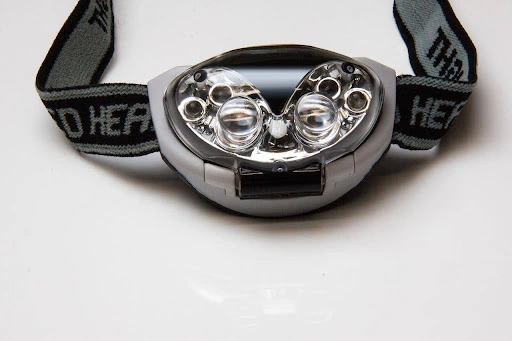
Weather Resistance
Mother nature is unpredictable. A sudden rain shower or a splash of water from a stream can transform a dry camping trip into a soggy disaster if your gear isn’t prepared. Many headlamps offer varying degrees of water resistance:
- Water-Resistant (IPX4+): These headlamps can withstand splashes and light rain, making them suitable for most camping situations.
- Waterproof (IPX7/IPX8): If you’re expecting severe weather conditions or will be around bodies of water, consider these models that can handle submersion.
While I try to avoid using any headlamp in the rain, it is inevitable and the best thing you can do is ensure that your device stays functioning when wet.
Additional Features
Sometimes, a few extra features can make the prices easier to digest, here are some things I keep an eye out for in a headlamp:
- Red Light Mode: Preserves night vision and is less likely to disturb wildlife or fellow campers.
- Beam and Flood: Consider how far ahead you’ll need to see. A longer beam distance can be helpful for spotting trail markers or obstacles in the dark. A flood light helps fully illuminate a shorter range.
- Emergency Strobe: Useful for signaling in emergencies or when visibility is key.
These features, while not necessary, are easily integrated into headlamps and are a good baseline for what I consider “high end” purchases.
Final Thoughts
The last tip I want to leave you with is to consider the manufacturer’s reputation. This doesn’t mean that you should automatically go with the highest-priced product, but do some due diligence in researching reviews on the brand you’re thinking of getting your next headlamp from.

